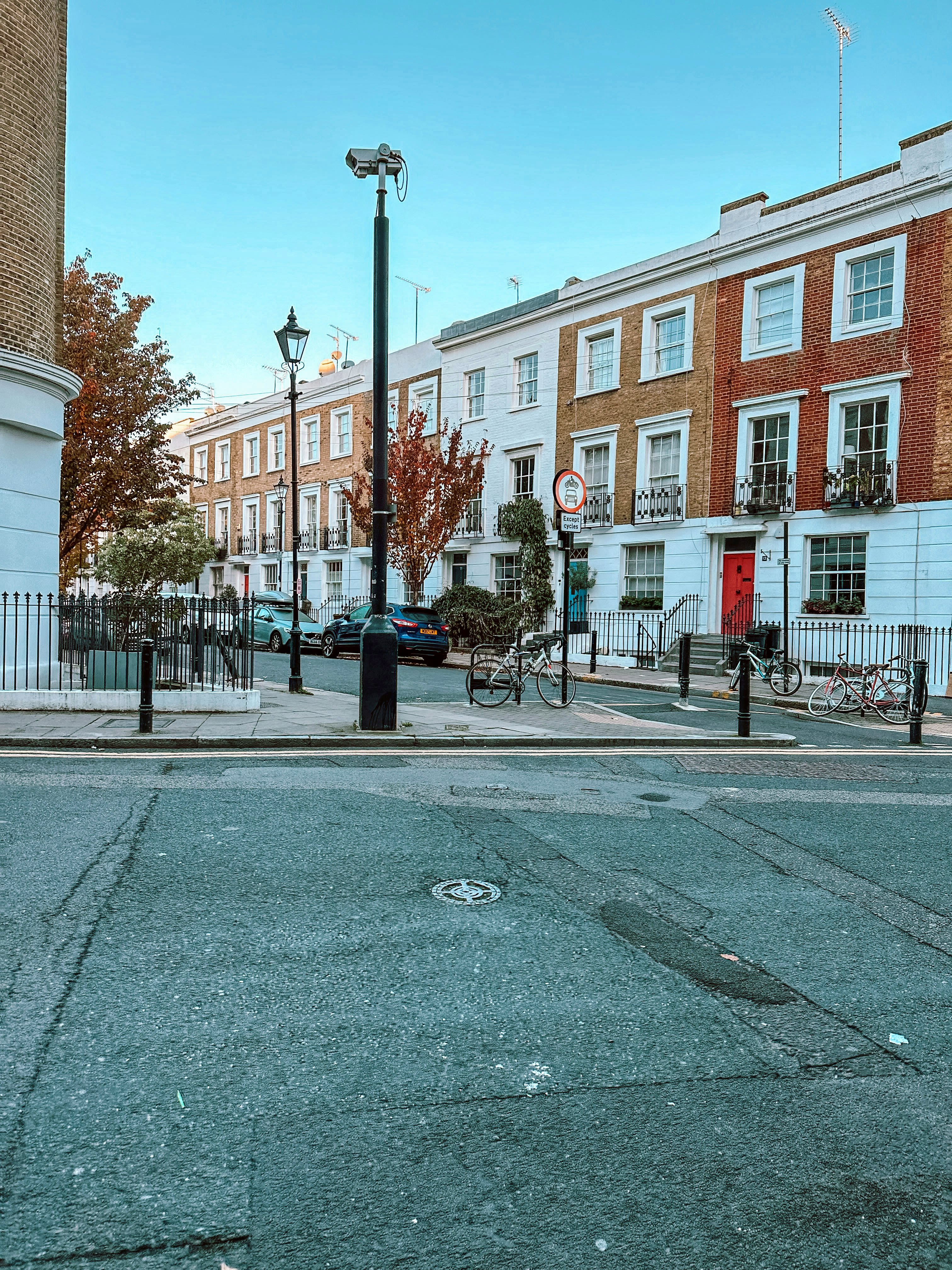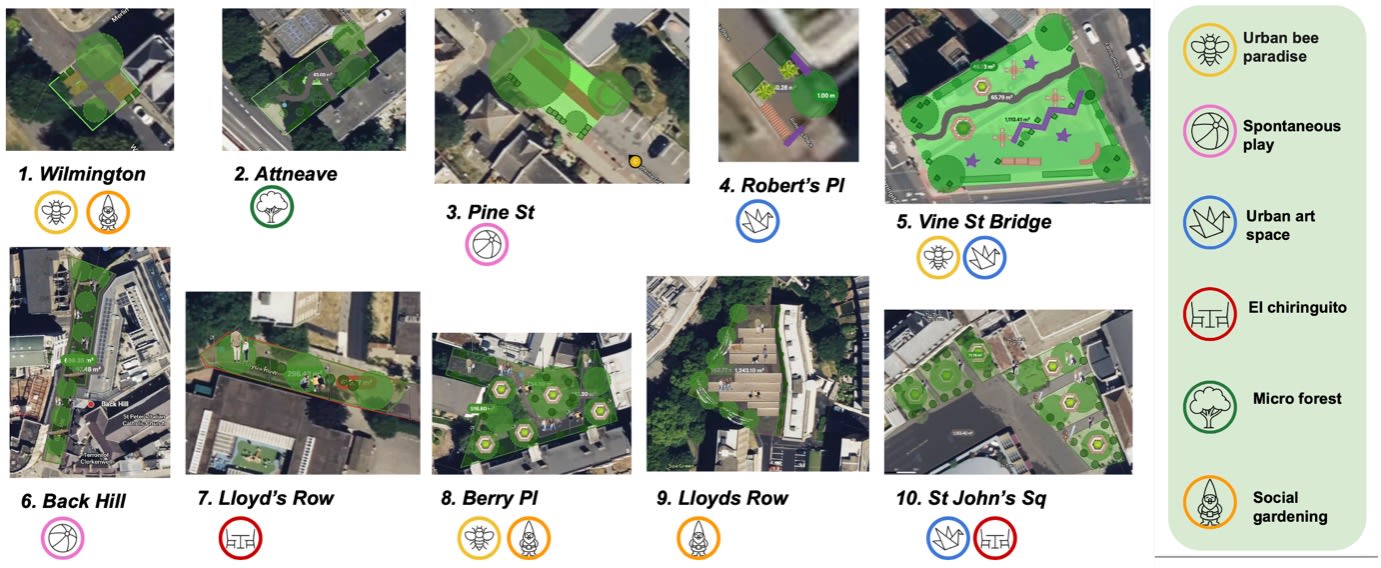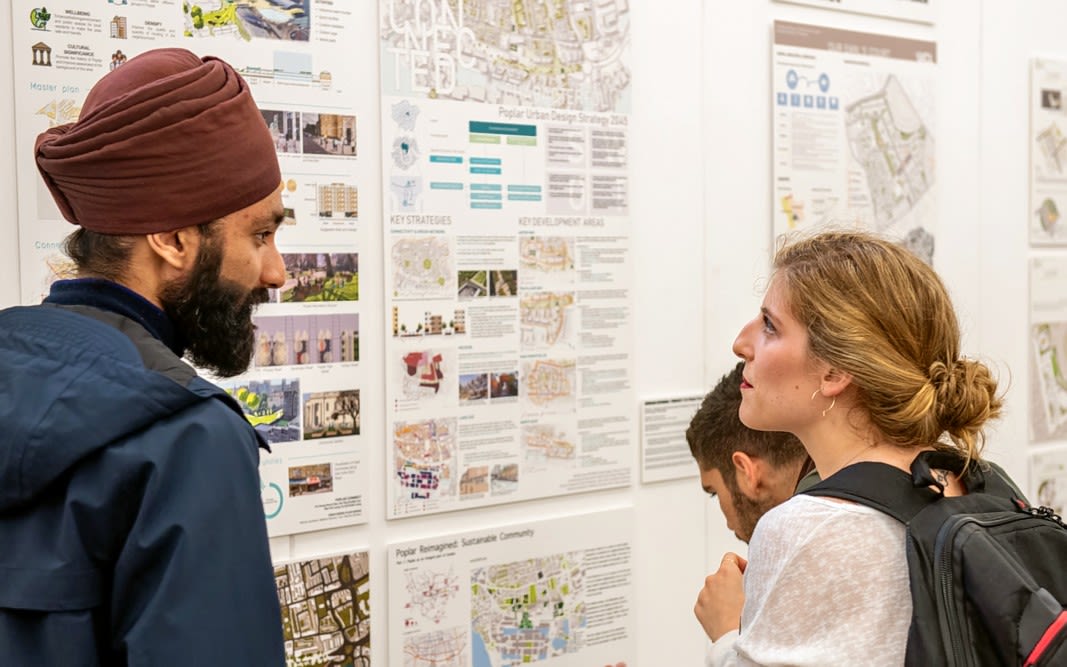London’s pocket parks
UCL is helping Islington Council create green spaces to improve urban health and climate resilience
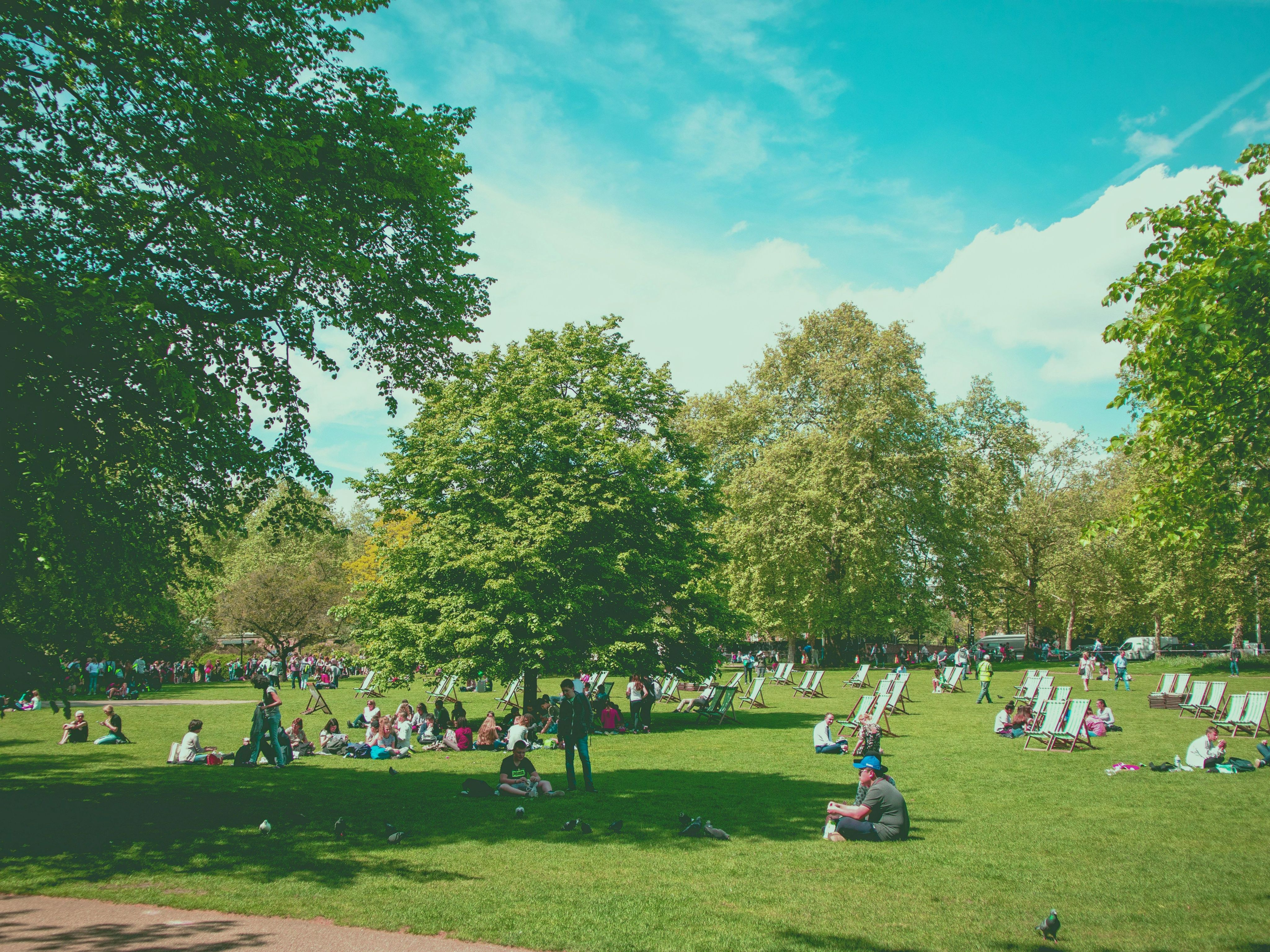
The benefits of urban green space (UGS) in cities are wide-ranging.
UGS like parks, urban forests, green roofs, rain gardens, permeable pavements, wetlands and vegetated corridors can help enhance biodiversity, water quality and security, according to research.
Evidence also shows that these spaces encourage physical activity and play, and create areas to relax, socialise and connect communities – as well as raising property prices and creating jobs.
An assessment of a tree planting programme across Cheshire and Merseyside, England, concluded that every £1 invested was more than doubled due to tourism, job creation, and estimated savings on social costs.
UGS also help cities to adapt to climate change, creating cooler temperatures at ground level, better air quality, flood management and ground water quality, carbon sequestration, and reductions in CO2 levels through photosynthesis.
Embedding the benefits of green spaces in urban policy
Capitalising on the multiple benefits of UGS in urban policy and decision-making has been relatively slow.
UGS is treated as ‘nice to have’ rather than being recognised for its vital environmental, social and economic benefits. And the significant synergies between UGS, climate adaptation and health in urban policymaking are often overlooked.
Local governments can struggle to capitalise on the many benefits of UGS because of gaps in data needed for evidence-based policy, and lack of specialist training and knowledge – particularly apparent following a decade of austerity cuts.
Municipal barriers and ‘silo’ approaches also hinder policy integration and collaboration horizontally across different departments, and vertically at city and regional level.
Concerns over ‘who is going to pay for it’, competition with other land uses like property development, and compliance with standards and regulations, such as the Green Infrastructure Framework and Biodiversity Net Gain in England, may also pose challenges to UGS implementation.
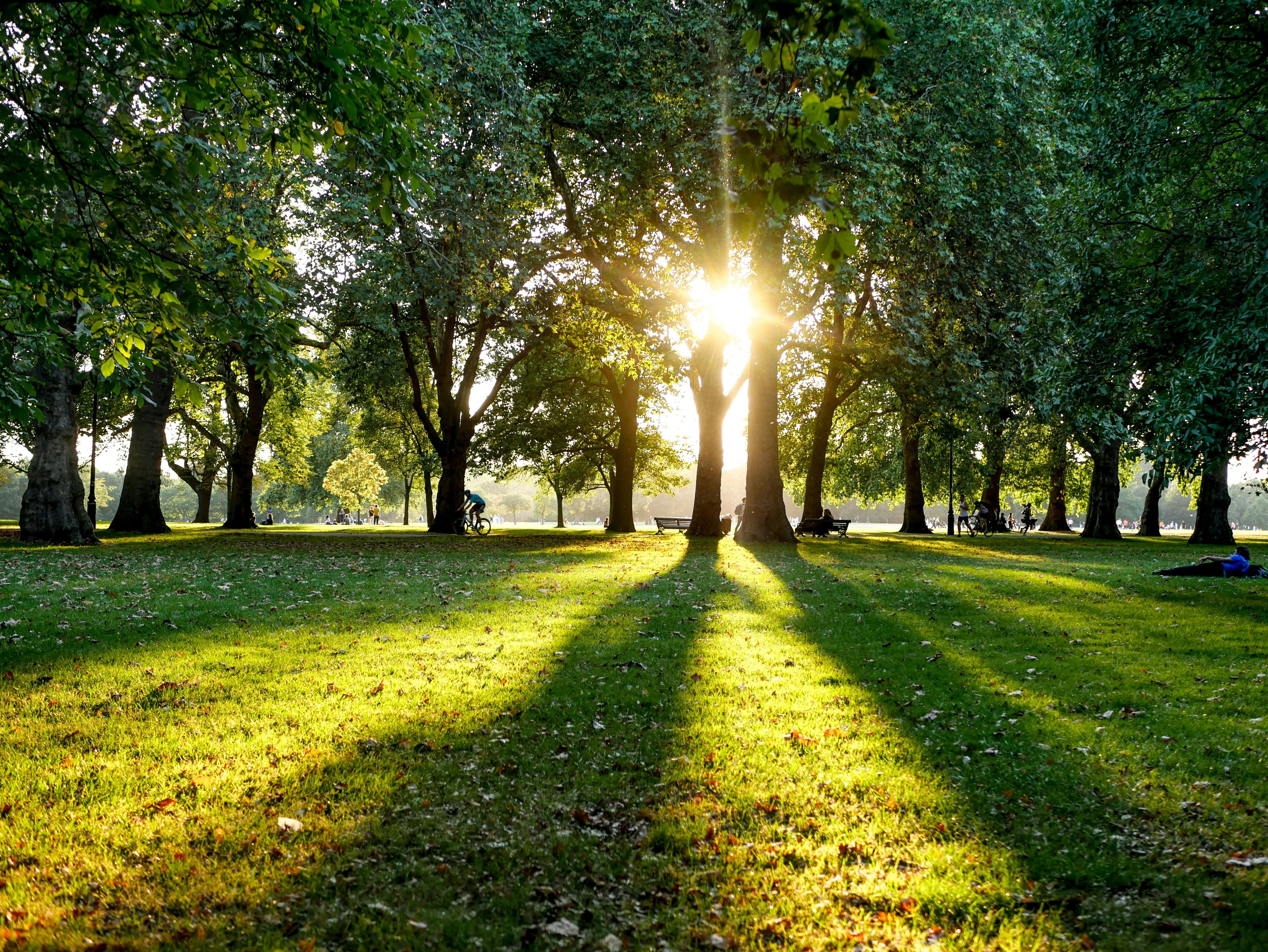
Urban greening in London
Despite these challenges, the London Borough of Islington has adopted UGS as a core part of their climate change strategy.
Islington is one of six London boroughs most susceptible to climate change, and in 2019 Islington Council declared a climate and ecological emergency.
Islington is also one of the most densely populated boroughs in the whole of the UK, and has limited opportunities to create more green space. Around 30% of households do not have gardens, and they also have the lowest amount of green space (13%) of any borough in the UK.
The Islington Greener Together Programme was created in 2021 to address this with measures including extending tree canopy cover, increasing biodiversity and urban greening in the borough.
The Programme is contributing directly to improved air quality, sustainable urban drainage and urban cooling. It is also helping to create more active travel, better streets to schools and more liveable neighbourhoods – all goals set up in Islington’s 2020 Net Zero Carbon 2030 Vision.
Islington, London. Photo by Nat Callaghan on Unsplash
Islington, London. Photo by Nat Callaghan on Unsplash
Islington, London. Photo by Daniil Korbut on Unsplash
Islington, London. Photo by Daniil Korbut on Unsplash
Islington’s pocket parks
The Green Finance for Islington Pocket Park Framework was established in 2022 as part of the Greener Together Programme.
In partnership with WSP and with funding from DEFRA’s Natural Environment Investment Readiness Fund (NEIRF), the initiative is helping to convert Islington’s 300+ dead ends and stub roads into new pocket parks.
A UCL project called CRAFTIslington, funded by UCL’s Public Policy Rapid Policy Response initiative, is feeding into the scheme.
Master’s students from The Bartlett School of Planning have been tasked with exploring the project’s first two Islington wards, Arsenal (with 14 pocket park sites), and Clerkenwell (with 10 sites).
Climate risks (air pollution, heat and flooding) and health risks (deprivation levels and age) have been mapped for the two wards to identify spatial patterns and concentrations of risks.
Arsenal, London. Photo by Alessio Patron on Unsplash
Arsenal, London. Photo by Alessio Patron on Unsplash
New green space in Arsenal and Clerkenwell
In Arsenal, the project has found that the elderly population, as well as households living in deprivation, are more likely to reside in areas lacking tree canopy cover and are facing higher exposure to air pollution, flooding and heat island effects.
Mapping climate and health risks in the Arsenal ward of Islington
Mapping climate and health risks in the Arsenal ward of Islington
The project has introduced 2,321 square meters of new green space (the equivalent of 478 new trees) across the 14 Arsenal sites, redesigning them with climate and health risks in mind.
This has created between 660-1,050 linear meters of new tree canopy cover, a capacity of 140 tonnes of new carbon storage, and the removal of 0.08 tonnes of pollution, as well as the avoidance of 150 metric cubic meters of stormwater runoff every year, based on estimates using Islington i-Tree Eco Inventory data.
Measuring the health benefits of these new pocket parks is more difficult, but by using a DEFRA tool, the project team estimated that reduced air pollution could enable the NHS to save around £50,000 per year in 'avoided health costs' (reducing hospital and GP visits). Extending this approach across over 300 potential pocket park sites in Islington could result in a saving of £1.5 million.
The sites across Arsenal and Clerkenwell were also redesigned around the characteristics of their existing settings, residential doors, traffic directions, size of available space and, where possible, the interests of existing communities – in particular the most vulnerable people within the local population – and potential investors.
Six WSP design typologies were used, with many sites requiring a combination of typologies to address the complex overlaps between site-specific characteristics, climate adaptation and health requirements.
Using six main design typologies to design-in climate adaptation and health in Clerkenwell
Using six main design typologies to design-in climate adaptation and health in Clerkenwell
The bigger picture for urban green space
Pocket parks and similar UGS can also have a broader positive influence on social perceptions of environmental value, and the ability of local governments to act.
A holistic approach, taking into account all climate and health risks in the urban system, and large-scale implementation – both across the entirety of Islington and beyond, and also across other municipal sectors such as transport, urban planning and housing – offer promising possibilities for the future.
An intersectional lens is paramount in planning for climate adaptation and creating healthy green spaces in cities, and UGS policies can bring benefits that are greater than the sum of their individual parts.
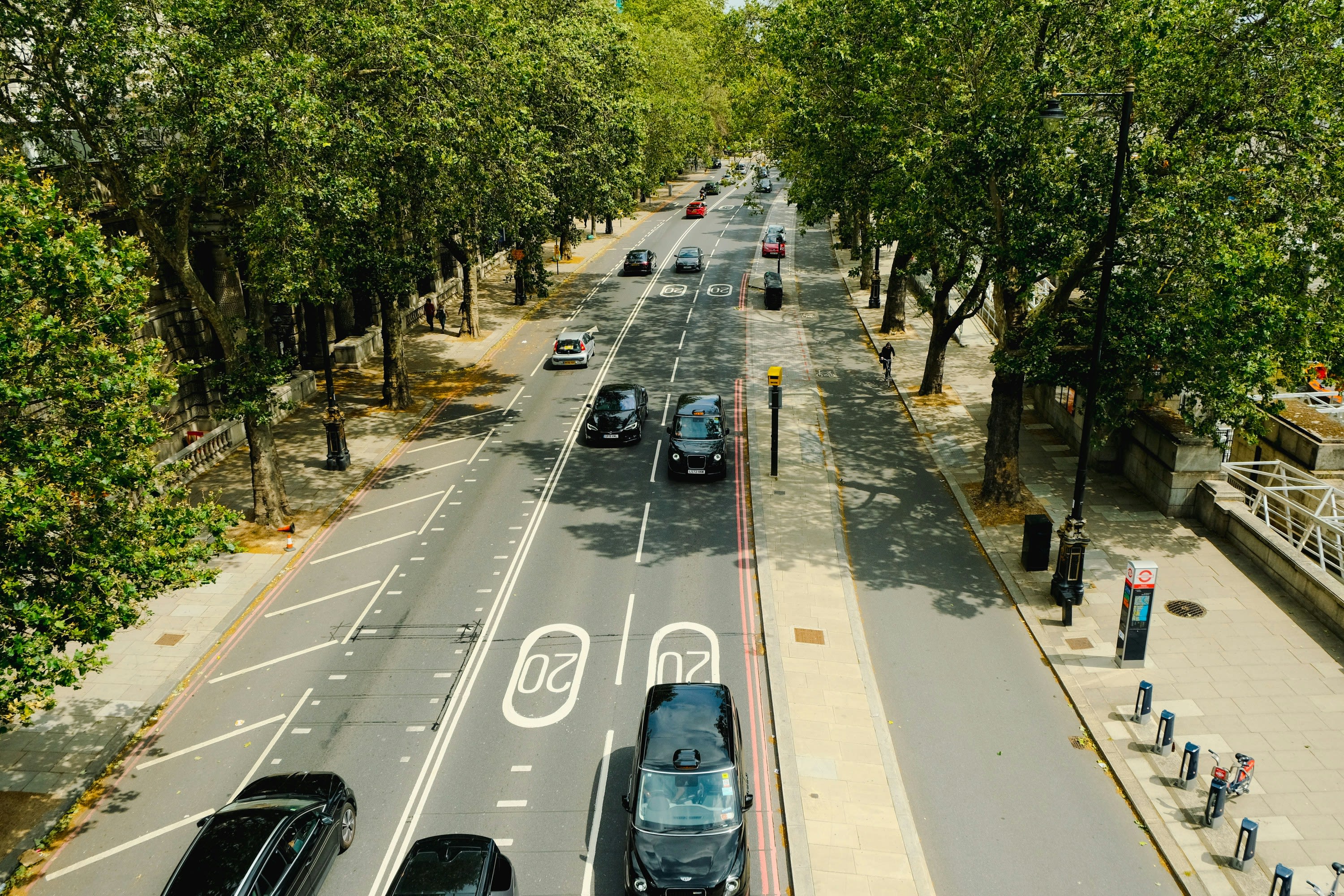
About the author
Professor Catalina Turcu
Professor of Sustainable Built Environment, The Bartlett School of Planning, UCL
Catalina Turcu is an interdisciplinary scholar by training (public policy, urban planning, architecture) and interest (sustainability). Her most recent research looks at the SDGs, food, climate and health in the context of cities. She advises regularly governments and international organisations, including the World Bank, OECD, UN and WHO, on urban sustainability aspects.
Learn more about urban planning
The Bartlett School of Planning is a global centre of excellence in education and research. We offer a unique hands-on learning environment for undergraduate, Master's and research students guided by urban planning experts and practitioners at the forefront of our field.
© UCL The Bartlett 2024


